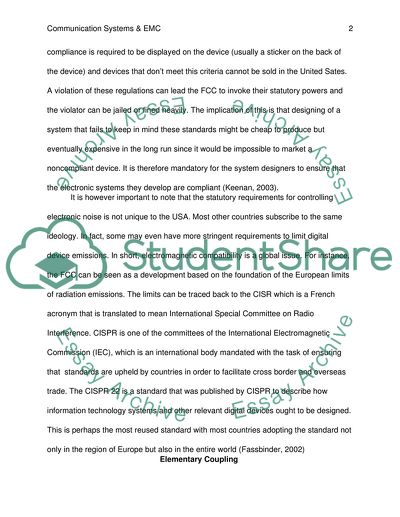Cite this document
(EMC Testing and Standards in Transient Immunity Testing Assignment, n.d.)
EMC Testing and Standards in Transient Immunity Testing Assignment. Retrieved from https://studentshare.org/engineering-and-construction/1763555-communication-systems-emc
EMC Testing and Standards in Transient Immunity Testing Assignment. Retrieved from https://studentshare.org/engineering-and-construction/1763555-communication-systems-emc
(EMC Testing and Standards in Transient Immunity Testing Assignment)
EMC Testing and Standards in Transient Immunity Testing Assignment. https://studentshare.org/engineering-and-construction/1763555-communication-systems-emc.
EMC Testing and Standards in Transient Immunity Testing Assignment. https://studentshare.org/engineering-and-construction/1763555-communication-systems-emc.
“EMC Testing and Standards in Transient Immunity Testing Assignment”, n.d. https://studentshare.org/engineering-and-construction/1763555-communication-systems-emc.


